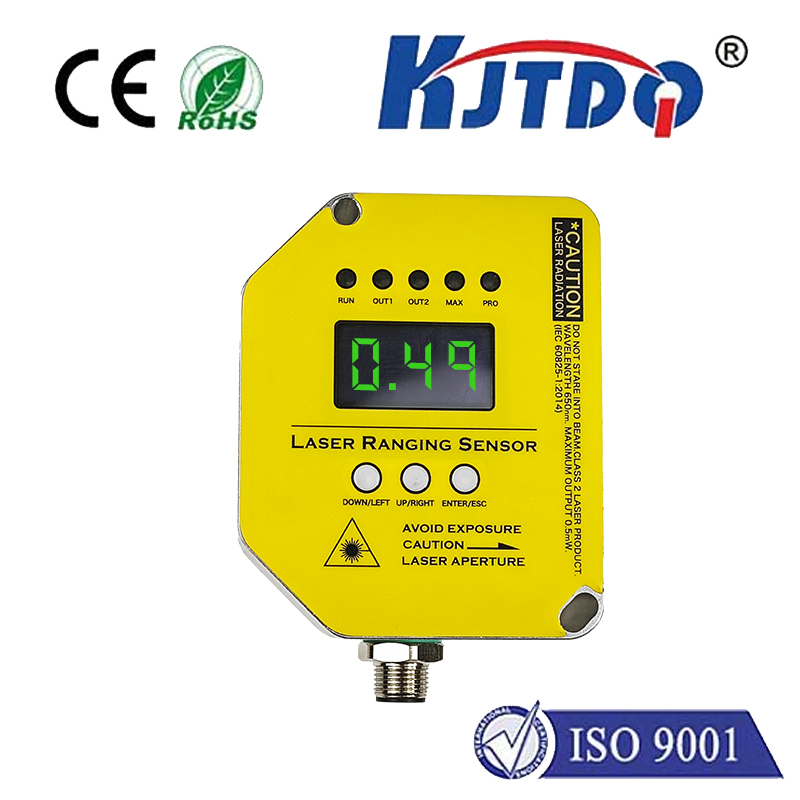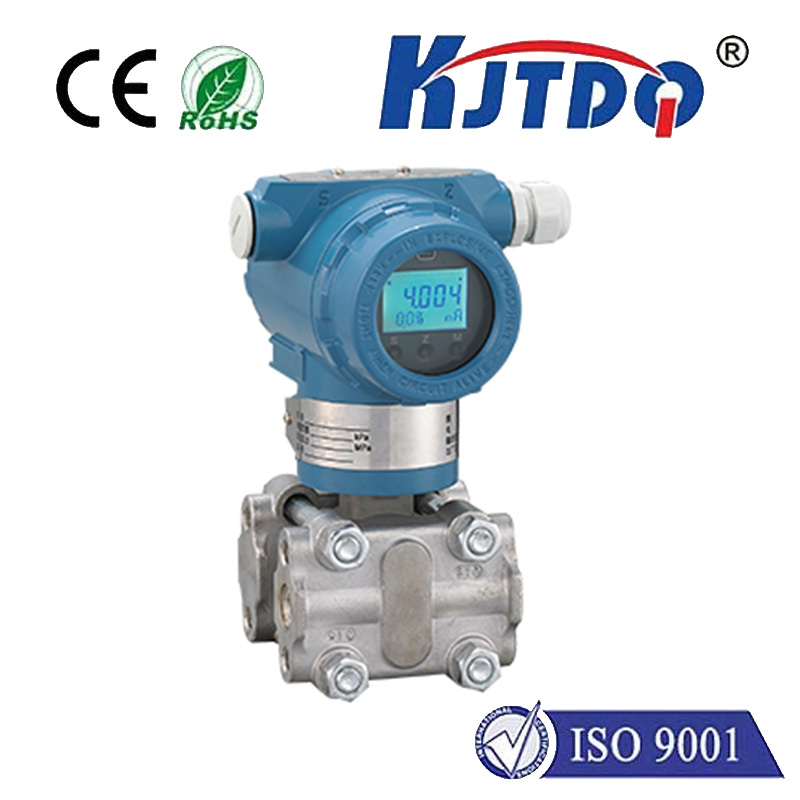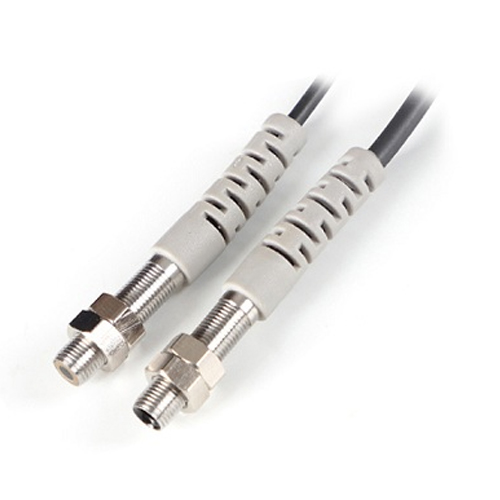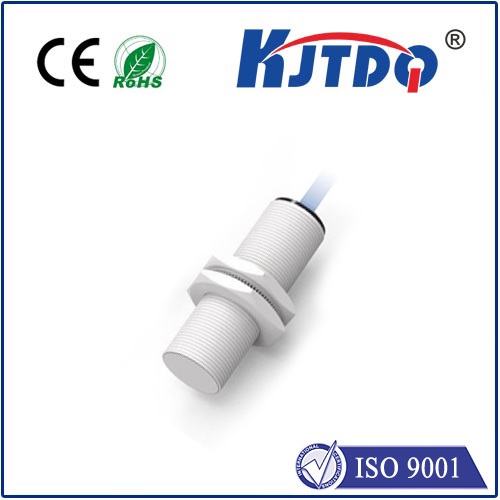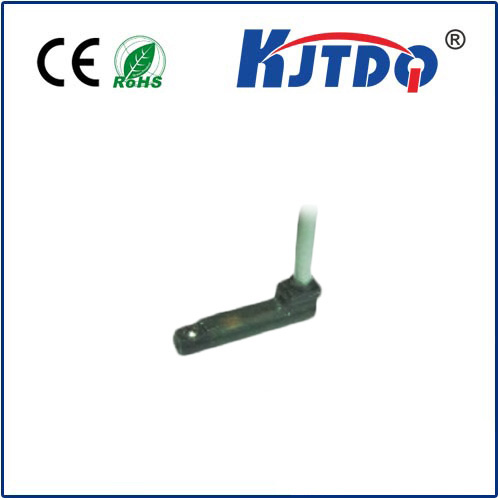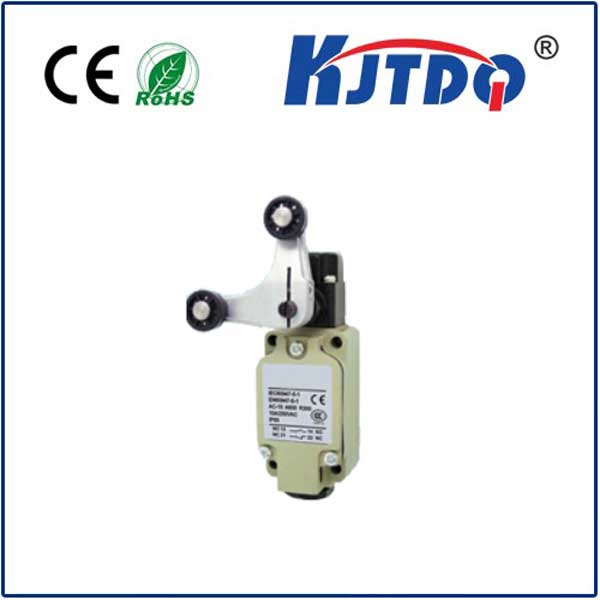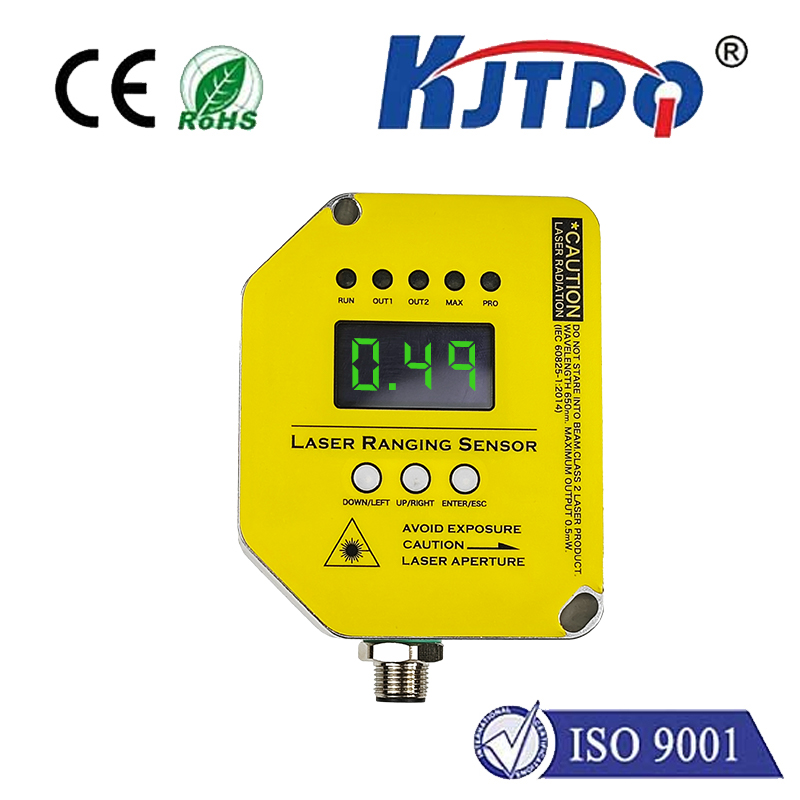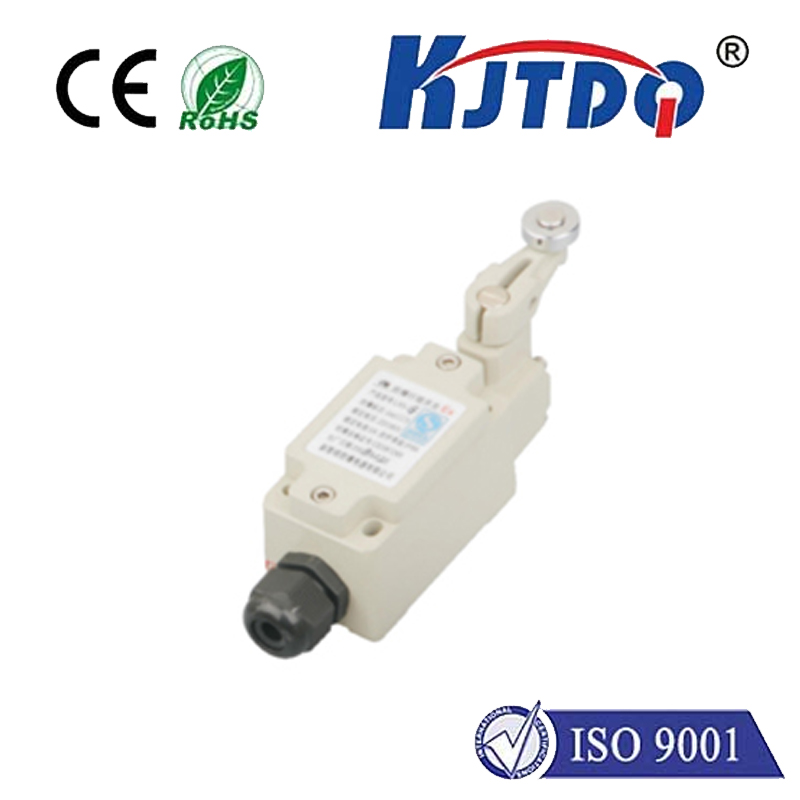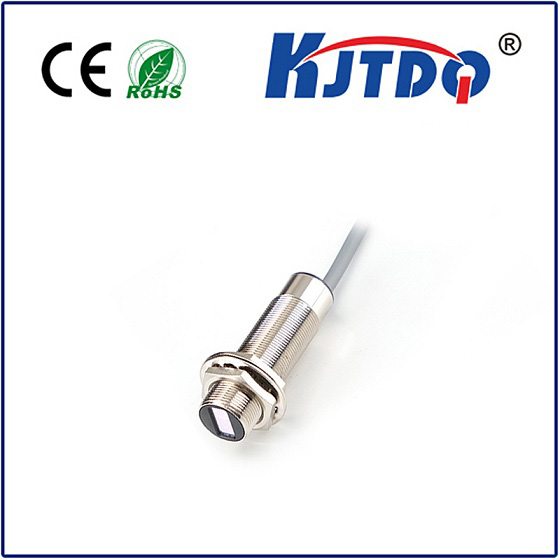weather station sensors
- time:2025-08-25 03:59:16
- Click:0
Weather Station Sensors: The Unsung Heroes of Accurate Forecasting
Imagine trying to predict a storm using only the naked eye and folklore. Centuries ago, that was the reality. Today, the intricate dance of our atmosphere is decoded not by guesswork, but by a silent army of highly sophisticated sentinels: weather station sensors. These specialized devices form the core of any modern automated weather station (AWS), tirelessly collecting the fundamental data that underpins everything from your local forecast to complex climate models. Understanding their function is key to appreciating the science behind the predictions that shape our daily lives.
More Than Just a Thermometer: The Sensor Ecosystem
While a simple thermometer measures temperature, a comprehensive weather station is a symphony of sensors, each meticulously designed to capture a specific atmospheric parameter. It’s this synergy that transforms isolated readings into a coherent picture of current conditions and predictive power. Let’s delve into the essential players:

- Temperature Sensors: Often platinum resistance thermometers (PRTs) or thermistors within radiation shields, these provide precise air temperature readings. The shield is critical, protecting the sensor from misleading influences like direct solar radiation or radiant heat from the ground, ensuring the measurement truly reflects ambient air temperature.
- Humidity Sensors: Typically capacitive or resistive sensors, these measure the amount of water vapor in the air, expressed as relative humidity (RH). Advanced stations might also calculate dew point and wet-bulb temperature, crucial for understanding human comfort, fog formation, and fire weather risk. Modern hygrometers are remarkably sensitive, detecting subtle shifts in atmospheric moisture.
- Wind Sensors (Anemometers & Wind Vanes): Anemometers measure wind speed. Cup anemometers are common and robust, while ultrasonic anemometers use sound waves for highly accurate, frictionless measurement, especially valuable in low-wind conditions or for detecting turbulence. Wind vanes determine wind direction, essential for tracking weather system movement. Combined, they provide the vital vector of wind – both its force and origin.
- Atmospheric Pressure Sensors (Barometers): These measure the weight of the air column above the station. Barometric pressure is a key indicator of approaching weather systems (low pressure often signals storms, high pressure fair weather). Modern stations use highly accurate piezoresistive or capacitive sensors, often providing data for calculating sea-level pressure (important for comparison across locations). Trends in pressure are often more telling than the absolute value.
- Precipitation Gauges (Rain/Snow): Tipping bucket rain gauges are standard, where a small bucket tips for a set amount of rainfall (e.g., 0.01 inches), triggering an electrical signal. Weighing gauges are more sophisticated, capturing all forms of precipitation (rain, snow, sleet, hail) by measuring the accumulated weight. Heated gauges are essential in cold climates to melt solid precipitation for accurate measurement. Accurate precipitation data is vital for hydrology, agriculture, and flood forecasting.
- Solar Radiation Sensors (Pyranometers): These measure the intensity of sunlight reaching the Earth’s surface, expressed as solar irradiance (Watts per square meter). This data is crucial for understanding energy balance, evaporation rates, plant growth models, and solar energy applications. Thermopile pyranometers are the most common type used in standard weather stations. Net radiometers measure the difference between incoming solar radiation and outgoing terrestrial radiation.
- Soil Sensors (Optional but Important): For agricultural, hydrological, and ecological monitoring, soil sensors are invaluable. Soil moisture sensors (using techniques like capacitance or time-domain reflectometry - TDR) measure water content at various depths. Soil temperature probes track thermal conditions crucial for seed germination, microbial activity, and root growth.
- Leaf Wetness Sensors: Primarily used in agriculture for disease prediction, these sensors mimic a plant leaf’s surface and determine the presence and duration of surface moisture (dew, rain), conditions favorable for fungal pathogens.
From Analog to Insight: The Data Journey
The raw signals from these diverse weather sensors are analog electrical variations (voltage, resistance, frequency). A critical component of the automated weather station is the datalogger. This unit performs several vital tasks:
- Signal Conditioning: Amplifying weak signals and filtering out electrical noise.
- Analog-to-Digital Conversion (ADC): Transforming the continuous analog signals into discrete digital values the system can process.
- Data Processing: Applying calibration factors to convert raw digital readings into scientifically meaningful units (e.g., degrees Celsius, hPa, m/s).
- Data Storage & Transmission: Saving processed data locally and often transmitting it wirelessly (via cellular, satellite, radio, or internet) to central servers for analysis, dissemination, and archiving. This real-time data transmission is what powers modern forecasting and warnings.
Why Sensor Quality and Siting Matter: Beyond the Spec Sheet
Having the right sensors is only part of the equation. Accurate data collection demands meticulous attention to detail:
- Calibration: Sensors must be regularly calibrated against traceable standards to ensure ongoing accuracy. Drift over time is inherent to many sensor technologies.
- Siting: Where sensors are placed is paramount. They must be representative of the environment being monitored. Temperature sensors need proper ventilation and shading; wind sensors require open exposure away from obstructions; rain gauges need a level, unobstructed site. Poor siting introduces significant errors.
- Maintenance: Regular cleaning (especially rain gauges and radiation shields), inspection for damage (like bird strikes on anemometers), and ensuring power supply integrity are essential operational realities. Dust, spider webs, and ice can severely impact performance.
- Sensor Selection: Choosing the right type and quality of sensor for the specific application and environment is crucial. A research-grade station has different needs and budgets than a basic home weather station.
The Impact: From Your Backyard to Global Models
The data harvested by weather station sensors flows into countless applications:
- Meteorology & Climatology: Feeding numerical weather prediction models, characterizing climate trends, providing real-time observations for forecasters.
- Aviation: Critical for takeoff/landing safety, flight planning, and turbulence avoidance.
- Agriculture: Informing irrigation scheduling, frost protection, harvest timing, and pest/disease management.
- Water Resource Management: Monitoring watersheds, predicting floods and droughts, managing reservoirs.
- Renewable Energy: Optimizing wind farm operation and solar power generation forecasting.
- Transportation: Road condition monitoring (especially for ice), marine navigation safety.
- Research: Driving studies in ecology, hydrology, atmospheric science, and urban heat islands.
Weather station sensors are the silent, vigilant gatherers of truth about our atmosphere. They transform invisible forces – the subtle warmth, the swirling wind, the weight of the air, the kiss of rain – into streams of digital data that science interprets. From the humble backyard station enthusiast to the vast networks monitoring global climate, it is the precision and reliability of these weather sensors that breathe life into the forecasts we rely on and deepen our understanding of the complex system that sustains us.












